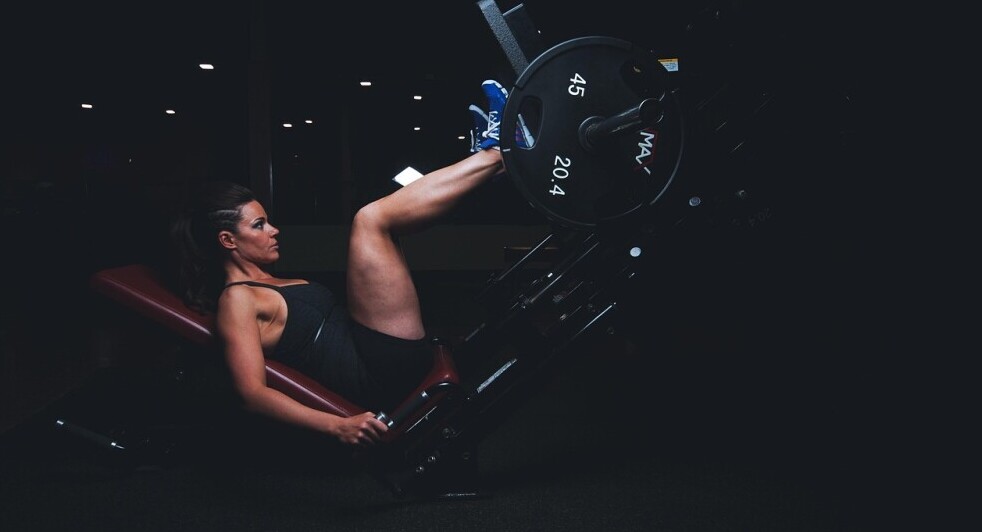How To Stay Motivated When You Hit A Fitness Plateau
Hitting a fitness plateau is kind of like running into a wall during a race. You’re giving your all, but the results just aren’t coming anymore. Recognising a plateau involves noting the lack of progress despite consistent effort. Maybe your weights feel static, you’re stamina’s hit a ceiling, or your results aren’t budging on the scale.

So why does this happen? Often, it’s because you’ve reached a point where your body has adapted to your current routine. Muscles get used to familiar workouts and, unfortunately, stop growing. This adaptation can be frustrating, and it can sneak up on you with gradual changes that almost go unnoticed. These aren’t signs of defeat; they’re signals for a change-up.
And let’s talk mindset. A plateau can mess with your head. It’s disheartening to put in work and not see those desired returns. Motivation can take a hit, and self-doubt might creep in. It’s normal to feel stuck, but this is also an opportunity to learn and grow. Shake off the frustration and remember, a plateau just means you’re ready for the next level.
Strategies to Overcome a Fitness Plateau: Resetting Your Body and Mind
A fitness plateau is your body’s way of signalling it’s ready for some change. To break out, first step back and take a good look at your current routine. Are you stuck in a comfort zone? It might be time to shuffle things up. Swap out exercises, try new activities, or even change your workout time. Introducing variety can jolt your muscles out of their snooze mode.

Sometimes, the answer lies in examining your nutrition and hydration. Fuelling your body properly can make all the difference. Consider your protein intake—is it enough to support muscle repair and growth? And are you staying hydrated, especially during those intense sessions? Small tweaks in what you eat and drink can boost your energy and overall performance.
Another trick to get past a plateau is to focus on recovery. Our muscles need time to heal and to grow. Look into adding more rest days or incorporating techniques like yoga or stretching into your routine. These aren’t just for relaxation; they’re crucial for muscle recovery and preparing your body to push further.
Lastly, take the time to jot down what’s going on. Track you’re workouts, how you’re feeling, and any progress, no matter how minor. This log not only offers insights on changes needed but also serves as a motivational tool when you look back and appreciate how far you’ve come.
Regaining Your Motivation: Mental Techniques to Keep You Moving
Motivation can sometimes be elusive, especially when your progress stalls. One way to reignite that drive is by setting realistic short-term goals. Celebrate every small victory, because each step forward matters. It’s about progress, not perfection.

Mindfulness can be a real game-changer here. Practicing mindfulness meditation or visualisation can sharpen your focus and keep distraction at bay. Picture where you want to be and what reaching those goals looks like. This mental imagery can motivate and energise your sessions.
Building a supportive network is also key. Whether it’s a workout buddy, a trainer, or an online community, surrounding yourself with like-minded individuals encourages accountability. Share your experiences and learn from others who’ve been in the same boat.
Lastly, remind yourself why you started this journey in the first place. Whether it’s for health, confidence, or competition, keeping that ‘why’ front and centre can fuel your determination. Motivation might wane, but with these strategies, it can always be reignited.
Breaking Through Strength Plateaus: Advanced Tips for the Experienced
When you’re pushing your limits and hitting a strength plateau, it’s time for some advanced strategies. Let’s talk periodisation and deloading. These concepts might sound technical, but they’re all about giving your muscles the rest they need to come back stronger. Periodisation involves varying your training to prevent burnout. Deloading is about taking a step back to let your body recover fully.

Technique matters more than most people realise. Refining your form can take your lifts to the next level. Even minor improvements can boost your efficiency and effectiveness, ensuring each movement counts. This isn’t about flashy workouts; it’s about doing things right.
Another powerful method is progressive overload. It’s as simple as gradually increasing the weight or intensity of your exercises. Progress might not always be visible, but it builds up over time. Compound lifts like squats and deadlifts can also help break through barriers by engaging multiple muscle groups at once.
Lastly, remember to listen to your body. It’s easy to get caught up in pushing boundaries, but awareness prevents injury and sets a sustainable path forward. Balancing ambition with awareness leads to both safer and more effective workouts.
Grab you Herbalife meal plan here…
Click here to sign up for future updates…
Disclaimer: This page contains affiliate links. If you choose to make a purchase after clicking a link, we may receive a commission at no additional cost to you. Thank you for your support!






Have to agree on the nutrition and hydration aspect of plateau’ing. I can walk miles daily and still work in a 20-minute kettlebell workout 2 to 3 times a week when I’m on Keto. When I come off it, the kettlebell feels impossible. Cardio is easy, but strength training is much harder without the right fuel.
Thank you for sharing your experience! You’re absolutely right—nutrition plays a key role in strength training, especially on a Keto diet. Keep up the great work!